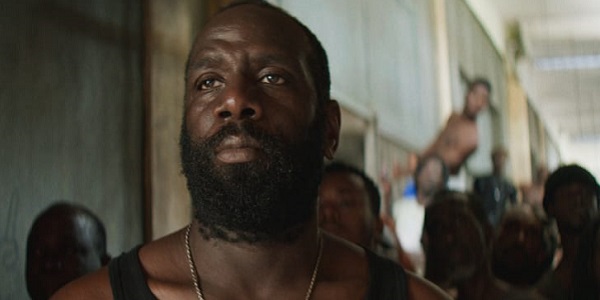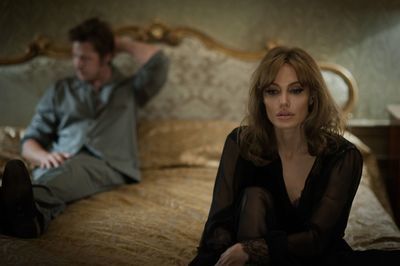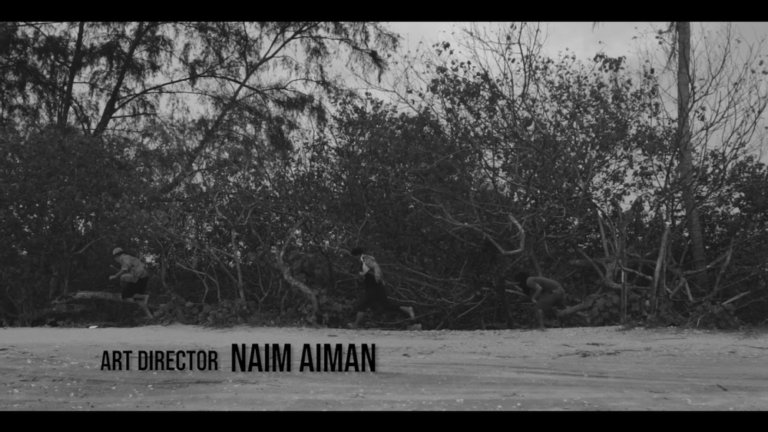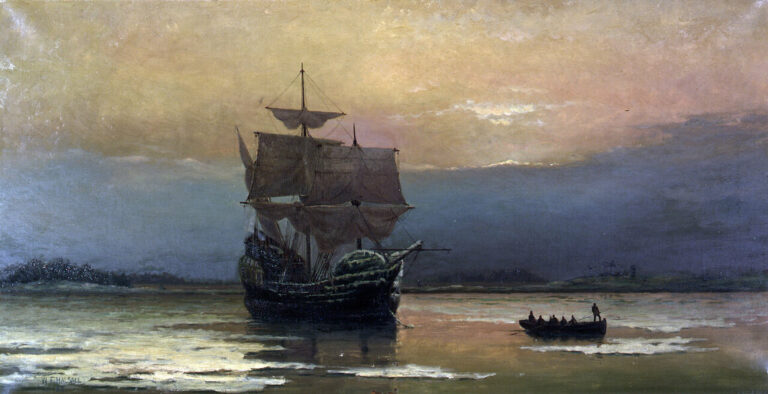Greg Nicotero on Screaming the Gospel of George A. Romero in ‘Creepshow’
When a piece of art, or an artist, profoundly infects your being, altering the course of your life through a cataclysmic shattering of your accepted world order, you are compelled to share that experience with others. Think back to the first time you saw Night of the Living Dead, or Dawn of the Dead, or whatever George A. Romero work. After you peeled your eyes off the wall behind you and gathered your exploded brains from the floor and back into your skull, you ran to your closest friend with a copy of the film in hand.
You kicked down their door, threw them on their couch, and jammed the VHS (or DVD, depending on your age) into their player and shouted, “Watch This!” While they took in the gnarly feast Romero had carefully prepared, you observed them, relishing in how their perceptions obliterated as yours had done before, enjoying their creative awakening as much as your own. Discovery and communion is the bliss of fandom.
Romero and Stephen King certainly understood such joys. Their collaboration through Creepshow was a way for the artists to give back to the creators who assisted them on their journey. They were EC Comics kids, devouring issues of Tales from the Crypt, Vault of Horror, and Weird Science with a ravenous boyhood gusto. In Creepshow, they saw an opportunity to replicate the sensation offered by publisher William Gaines in the 1950s. The film was Romero and King’s turn, an anthology for the next generation of kids, in the 1980s, who sat gobsmacked as they gobbled down one ghoulish tale after the next.
For Greg Nicotero, adapting Creepshow into a television series is another form of maintaining, repaying, and replenishing the genre he reveres. He was seventeen years old when he met Romero, and the first movie set he ever walked on outside of Pittsburgh was Creepshow. Nicotero eats, breathes, and sleeps all things gory, and alongside his partners over at KNB EFX, he’s had a hand in designing the nastiest sequences in films like Day of the Dead, Lord of Illusions, and Kill Bill.
Nicotero is the co-executive producer and sometimes director on The Walking Dead, but Creepshow is his baby as showrunner. Work on the series is a rejuvenating process, blessing the ordinary stress of any project with a reinforced tether to the masters who gave him purpose. Pressing play on Creepshow is an invitation to a grand history of horror dating back to Romero, King, Gaines, and many, many more.
“I put my heart and soul into the show,” says Nicotero. “I felt a lot of responsibility to George and his legacy, and to Steve and horror fans. Creepshow is a unique property because a lot of horror fans of an older generation really hold it to a high standard.”
Nicotero knows every inch of the original film. He’s watched in a nearly infinite amount of times, and if it’s not playing on a screen before him, he can easily recall Creepshow frame by frame in his memory. The trick was nailing its special blend of referential storytelling while also pushing the tribute into new arenas.
“Creepshow was an homage to all the comic books that George and Steve loved,” he continues. “Graphic novels have become so popular in the last ten to fifteen years; now is the opportunity to continue in that tradition. The film does what the EC Comics did. Those stories had crazy, weird, taboo storylines that were a little excessive, and everybody tried to censor them, but then you had these guys who were like, ‘Wait a minute, this stuff inspired us. This stuff made us become the artists that we are.”

Photo Credit: Boris Martin/AMC
Shepherding such heritage does come with an extra layer of pressure. Nicotero doesn’t have to please himself; he has to deliver a series that Romero and King and their legions of fans would approve of. Nicotero respects their tastes.
“Creepshow was so stylized,” he says. “It was so different than so many other movies that were coming out in the early ’80s. To be able to continue that tradition and be able to tell cool, creepy anthology stories in this day and age where the appetite is for shorter appetizer-type tidbits of content worked perfectly for what we wanted to do.”
Beyond adhering to the artistic influence of what came before, taking on an anthology series comes with its own set of problems. For the first season, Nicotero found he had to adapt from his usual mode of production. He could not rely on the previous formulas.
“The challenges were mostly in the fact that I had been accustomed to working on The Walking Dead,” says Nicotero. “There we have standing sets and series regulars. You have casts that have been on the show for years, but when you’re doing an anthology show like this, every three-and-a-half days you’re building new sets, you’re getting new costumes, you have an entirely new cast, and in some cases, new directors.”
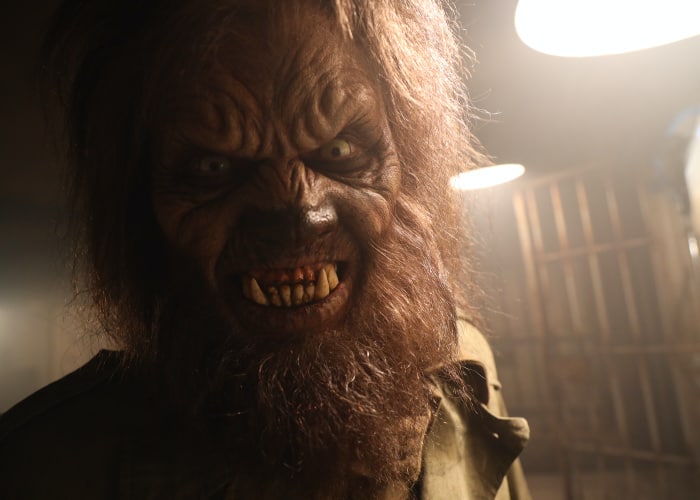
Photo Credit: Boris Martin/AMC
Of course, Nicotero had a secret weapon. A film he could lean on and a pre-established aesthetic he could use to measure their progress as well as those that temporarily joined the series. Once again, he found relief in the art he loved.
“The good thing was that we had a blueprint in the original Creepshow,” says Nicotero. “A lot of the directors were instructed to embrace that film’s cinematography, in terms of the color changes and the comic book panels. If there’s a particular sequence that we feel we probably can’t film because it’s out of our budget range, we can still include it by telling the backstory and drawing some comic book panels.”
Being a showrunner only heightens the electric feeling of being a conduit to Romero and King. Nicotero is spreading the Creepshow gospel, collecting new acolytes to preach the word when he’s done. All he needed to manage was keeping everyone on his team following the word.
“My job was to communicate what I wanted for the show,” he continues, “to my production designer and my director of photography and my makeup effects guys and costumes and everybody. Then when the directors came in, I would download to them what I wanted for the visuals. You do a tone meeting where you sit, and you go through the script page by page, and you talk about character motivations — why they’re doing this and why they’re doing that — we took advantage of that as well as me saying, ‘I’d love some comic book panels here and some cool lighting changes there.’”
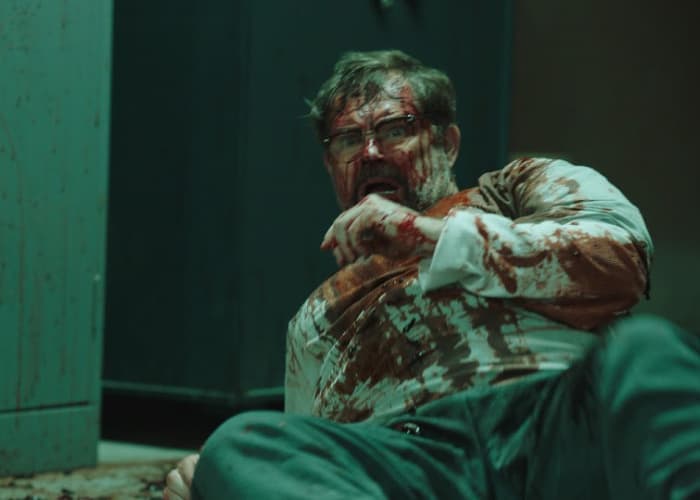
Photo Credit: AMC
Most importantly, Nicotero wants to keep the world of George A. Romero alive in the hearts of horror fans. His films had an earnest impact on Nicotero’s life, and he wants to stoke Romero’s fire for the community. Today, more than ever, we need filmmakers like Romero pushing buttons and taking concepts to the very edge of acceptable norms.
“A lot of the filmmakers in the late ’60s were rebellious,” explains Nicotero. “If you look at The Texas Chainsaw Massacre, The Last House on the Left, Night of the Living Dead, I think those films bucked the system and were groundbreaking with their stories and how they told the story.”
Sticking a finger in the eye of public decency is a service. We need the jolt. We need to have our minds expanded beyond our living rooms and front yards. There is a world out there, and filmmakers like Romero made it their mission to remind us of us. Romero’s films reflected a grim reality, and they took pleasure in mocking the inherent hypocrisy of exaggerated decorum.
“That’s what made George different than a lot of people,” says Nicotero. “He had this rebellious spirit, but he was also really funny. I got a text from [his wife] Suzanne Romero the other day. She’s like, ‘Yeah, I think we’re living through one of George’s movies, but without his sense of humor.’ George was keenly aware of what was going on in society.”
Creepshow will be available on Digital HD, DVD, and Blu-ray on June 2nd.

